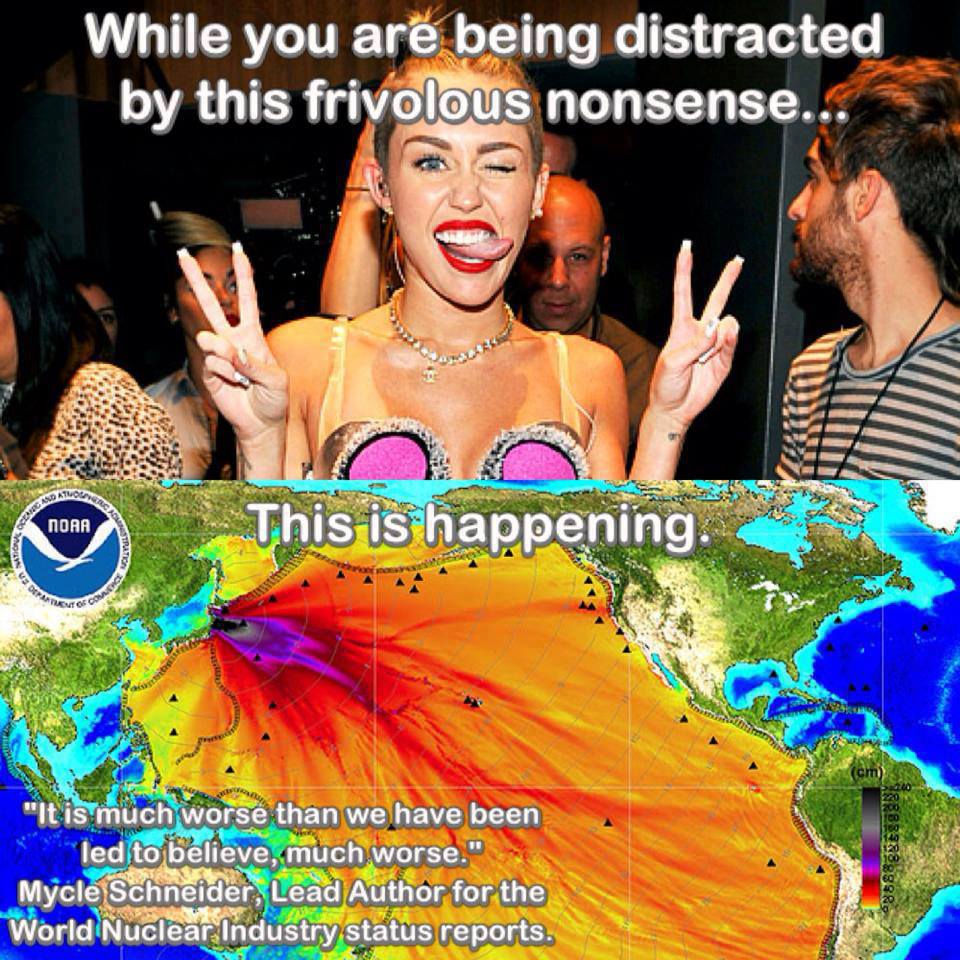
President Obama we do not expect harmful levels of radiation to reach the U.S.
Experts: 100% death rate for baby killer whales along West Coast

Fukushima radiation nears California coast, judged harmless.
By Courtney Sherwood 11 November 2014 12:00 pm
After a two-and-a-half year ocean journey, radioactive contamination from the Fukushima nuclear disaster in Japan has drifted to within 160 kilometers of the California coast, according to a new study. But the radiation levels are minuscule and do not pose a threat, researchers say....
[M]arine chemist Ken Buesseler of the Woods Hole Oceanographic Institution in Massachusetts convinced an eclectic group of organizations to collect water samples up and down the west coast of North America. Following the Chernobyl nuclear disaster in 1986, Buesseler had tracked radioactive contaminants in the Black Sea, the closest major water body to the accident site. To pay for similar research in the much larger Pacific Ocean, he turned to crowdfunding—the increasingly popular method of using the Internet to bring multiple people together to fund costly endeavors. Government bodies such as the Umpqua Soil and Water Conservation District, universities, and conservation groups joined in, offering both to collect water from more than 50 sites in the Pacific Ocean near U.S. shores and to pay to ship and test those samples in Buesseler’s lab.
The findings are reassuring, Buesseler says. He measured a high of just 8 becquerels of radiation per cubic meter in the samples. Of that, he says, less than 2 becquerels came from cesium-134 traced to Fukushima. The remainder is largely from strontium-90 and cesium-137: Some of that is fallout from mid-20th century atomic bomb tests in the Pacific, and some may have come from Fukushima—these isotopes lack the half-life fingerprint that ties cesium-134 to the Japanese disaster. The total level of radiation is hardly worth worrying about, Buesseler says: U.S. Environmental Protection Agency guidelines for drinking water allow up to 7400 becquerels per cubic meter. Buesseler is presenting his latest findings Thursday at the Society of Environmental Toxicology and Chemistry North America’s annual meeting.
http://news.sciencemag.org/asiapacif...udged-harmless